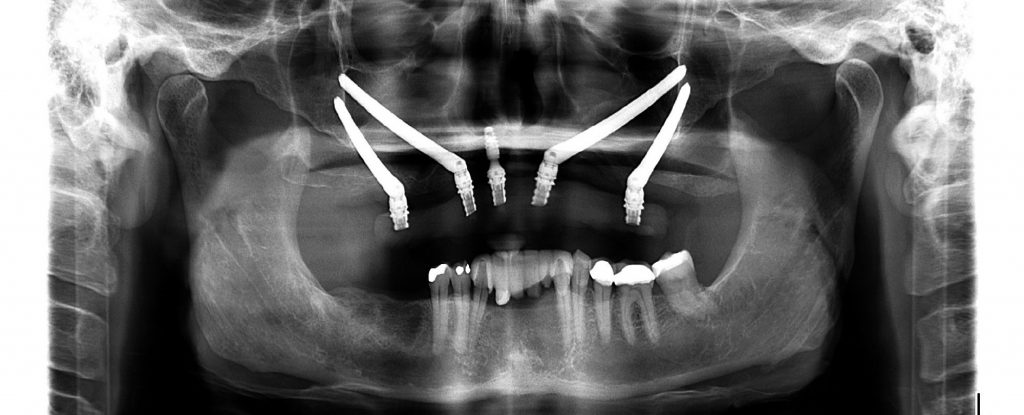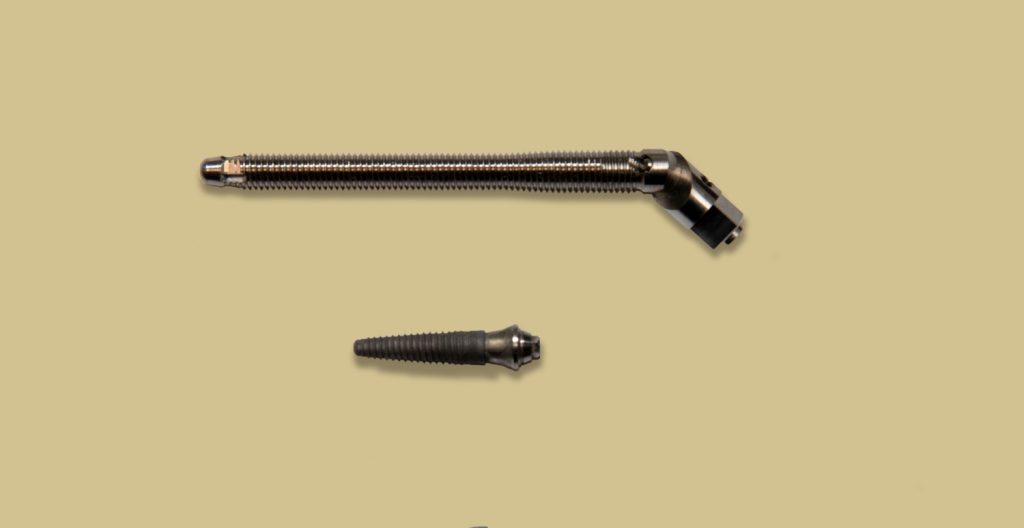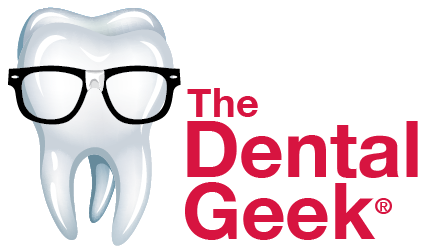A Better Alternative to Bone Grafting
A Better Alternative to Bone Grafting
Traditionally, when a patient with bone loss is seeking dental implants, the first factor in question is: “How much jawbone do you have?” Implants embedded in weak or eroded bone have a high rate of failure. Tooth roots reinforce the structure of the jawbone and, when they are missing, the structure of the bone is compromised, usually leading to decay. This bone loss is quite common among wearers of dentures who have gone many years without any kind of fixture to reinforce their bone.
A solution for this problem has existed for a long time: in the form of bone grafting. The technique of bone grafting allows for jawbone quality to be manually rebuilt until it is sufficiently thick and dense enough for implants to placed.
The Inconveniences of Bone Grafting
- Cost/Time Increase: Bone grafting requires one or more surgeries and a healing period of a few months after each procedure. This process must be completed before the implants can be placed. For some patients, this adds a few months onto the dental implant process. For others, it can add up to two years, drawing out the length and price of their dental implant journey significantly.
- Chance of Failure: After the bone grafting period is completed and the implants are placed, implant failure is still possible. A review of bone grafting case studies showed the success rate of implants placed in grafted bone to range between 72.8% to 97%. This stands in contrast to the 95%-98% implant success rate for full arch implants embedded in natural bone. Patients can be left bewildered after persevering through the bone graft and dental implant process only to have the implant fail.
A Better Alternative
When jawbone is limited, another bone conveniently presents itself: the cheekbone (Zygoma). The Zygoma is adequately thick and dense enough for implants to be embedded, making bone grafting in the upper jaw unnecessary. Zygomatic implants are elongated implants that are placed through the gumline and up into the cheekbone. These can be placed in a single procedure, reducing a patient’s implant process to one day, rather than a few months or more. A review of 2,402 Zygomatic implants over a 12-year period showed a success rate of 96.7%.

Depending on the bone quality of the upper jaw, a surgeon may choose to place two zygomatic implants or four (Quad-Zygomatic implants).
Limitations
Though Zygomatic implants provide an ideal alternative to bone grafting in the upper jaw, it doesn’t provide a solution for the lower jaw. Nor are they an ideal method for single tooth implants. However, upper sets of teeth are often of greatest priority for dental implant recipients, and Zygomatic Implants make these possible for almost any patient.
Unfortunately, many oral surgeons are still not skilled in the Zygomatic implant technique, and many specialists still have yet to hear of it. This results in patients persevering through bone grafting processes when it may be unnecessary. Many others are even told they are ineligible for dental implants when an upper arch is entirely possible. Awareness and further training are still needed to make Zygomatic implants more widely available for more patients.


interesting and useful information.
Glad to hear you found it useful, Scott!
Excellent article Lance! Zygomatic implants are almost never addressed online when it comes to dental implants, and this was thorough and shareable insight. Thanks for the great work!
Thank you! Great content!
[…] Source link […]